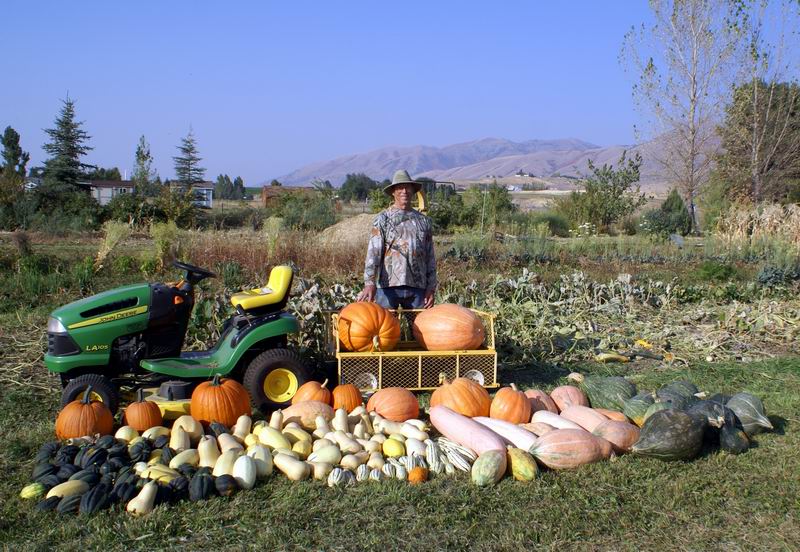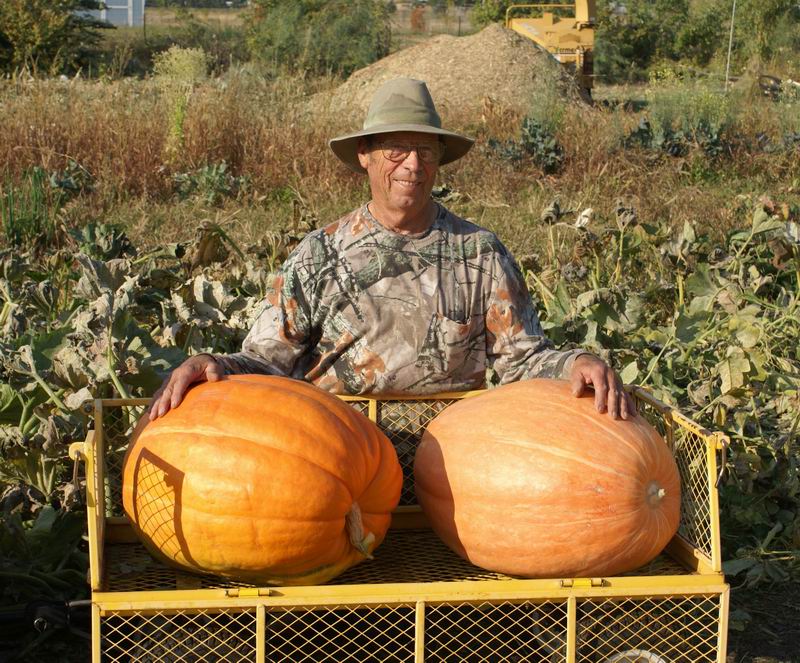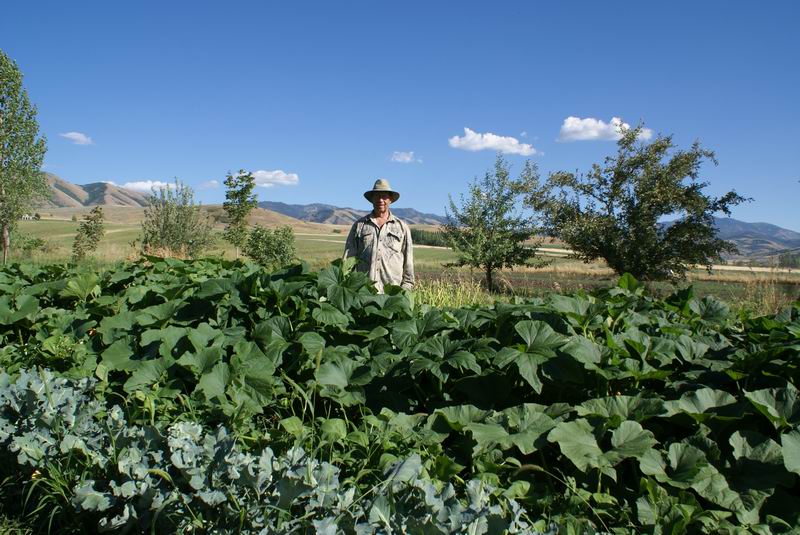I can't really tell from the picture, but it looks like that might be a bunch of pumpkin plants in the bin. If that is true, you don't want to put them all together in the same space. Maybe two or three of them - IF they have a lot of room around where you plant them to spread out in to.
You do know that pumpkin plants get VERY big? I don't grow pumpkins because I don't have room for them. It depends on which kind you have, pumpkins range from very small to giant and the bigger pumpkins grow on bigger plants, but they all tend to spread out. Here's something about spacing:
Vining pumpkins require a minimum of 50 to 100 square feet per hill. Plant seeds one inch deep (four or five seeds per hill). Allow 5 to 6 feet between hills, spaced in rows 10 to 15 feet apart. When the young plants are well-established, thin each hill to the best two or three plants.
https://urbanext.illinois.edu/veggies/pumpkin.cfm
It doesn't matter what brand of fertilizer
pumpkin plants are heavy feeders. You'll probably benefit by feeding your pumpkin patch a couple of times throughout the season. Before planting, you can always mix in some compost or well-rotted manure with the soil when creating the mounds. After the plant is established, you can help it with a dose of fertilizer every month or so, after the flowers appear. The fertilizer you use should be low in nitrogen and high in phosphate and potassium. 5-15-15 or 8-24-24 fertilizer ratios work best. If you use a fertilizer with too much nitrogen, your pumpkin plants will become very large but won't produce any fruit.
ttp://
www.backyard-vegetable-gardening.com/wa ... pkins.html
and remember they will need plenty of water as well.
If no rain falls in your area, a slow, deep soak will be needed every 7-10 days. Continue watering until consistent puddles form on the surface of the soil.
(same article as above)
but the 7-10 days is when the plant is well established with good root systems. When you just transplant them, you will have to water more frequently.
Good luck!




